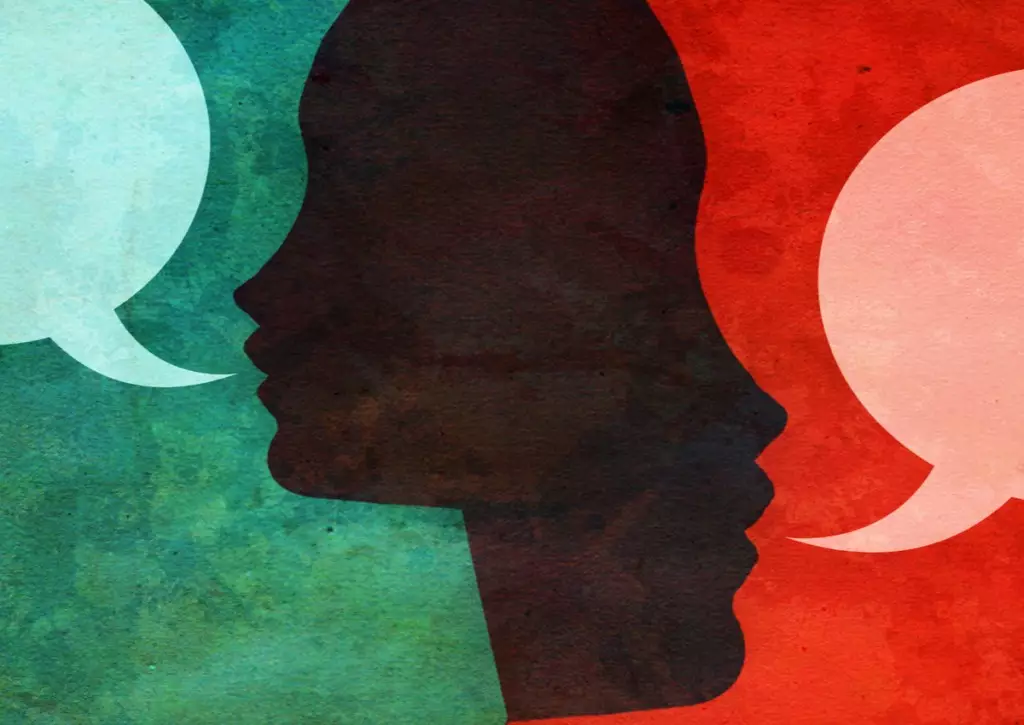In an era where artificial intelligence is rapidly transforming communication, the importance of making technology accessible to all cannot be overstated. Traditional voice assistants and speech recognition systems have revolutionized the way we interact with devices, yet they remain fundamentally limited when it comes to individuals whose speech does not conform to normative patterns. These limitations highlight a crucial oversight: technology must serve everyone’s needs, not just the majority. The core challenge lies in bridging the gap between AI capabilities and the vast diversity of human speech, particularly for those with speech impairments or atypical vocal patterns.
The conventional approach to voice recognition hinges on training models with large datasets representing typical speech. However, this methodology often excludes those with disordered speech due to conditions like cerebral palsy, ALS, stuttering, or vocal trauma. As a result, the very systems designed to facilitate communication can reinforce barriers instead of removing them. It is evident that for AI to achieve true inclusivity, it must move beyond superficial adaptations—embracing a fundamental shift in both data collection and model architecture. The question remains: how can we build speech AI that genuinely understands and amplifies the voices that have historically been marginalized?
Innovative Strategies for Inclusive Speech Recognition
Advanced machine learning techniques, particularly transfer learning, serve as a promising avenue toward more inclusive AI systems. Instead of creating separate, isolated models for atypical speech, transfer learning enables the adaptation of pre-trained models to recognize nonstandard patterns. By exposing these models to diverse datasets, including recordings of speech disorders, AI can learn to interpret a broader spectrum of vocal expressions. This process not only improves recognition accuracy but also reduces the amount of data needed to train effective models tailored to individual users.
Moreover, the advent of generative AI offers new possibilities beyond mere transcription. Synthetic voice generation allows users with speech disabilities to create personalized voice avatars from limited samples, preserving their vocal identity in digital communication. Such avatars serve a dual purpose: they facilitate natural conversations and help maintain a person’s sense of self in a digital landscape that often favors normative speech. When combined with crowdsourced data collection—where users contribute their unique speech patterns—these systems can expand their understanding and become more comprehensive over time.
Real-time voice augmentation systems exemplify how AI can pragmatically support users with simulated or impaired speech. These layered systems process disfluent or delayed input, apply contextual and emotional understanding, and then produce clearer, more expressive speech outputs. Such technology acts as an empathetic co-communicator—filling in gaps, smoothing out disfluencies, and allowing users to speak with confidence. It works not just to improve speech intelligibility but to restore the human element in digital interaction, emphasizing that communication is about connection, not mere words.
Building Emotional and Contextual Intelligence
The true potential of inclusive AI lies in its capacity to understand not just what is being said but how it is conveyed. Emotional nuance plays a critical role in authentic human communication, yet AI systems often fall short in capturing this complexity. For individuals who rely on assistive communication tools, being understood is vital, but feeling understood—being emotionally acknowledged—is transformative. This calls for AI that can interpret tonal shifts, facial expressions, and contextual cues, creating responses that resonate on a human level.
Integrating multimodal inputs—such as facial expression analysis, gesture recognition, and contextual cues—can dramatically enhance AI responsiveness. For example, an AI system that recognizes signs of frustration or joy can adapt its responses accordingly, creating a more personalized and compassionate interaction. In practical terms, this might mean a virtual assistant that perceives a user’s emotional state and adjusts its tone or offers support, elevating AI from a functional tool to a human-like conversational partner.
The development of systems capable of synthesizing residual vocalizations into full, expressive speech is an inspiring breakthrough. As noted from firsthand experience, even limited phonations can be reconstructed into meaningful phrases imbued with tone and emotion. These innovations demonstrate that AI is not just striving for functional competence but for restoring dignity and identity—affirming that every voice, regardless of its physical origin, deserves to be heard fully.
The Ethical Imperative of Inclusivity
Designing inclusive AI is not merely a technical challenge but an ethical obligation. These systems should be built with diversity in mind, collecting data from a wide range of users to avoid perpetuating biases. This involves embracing privacy-preserving methods like federated learning, which allows models to learn from user data without compromising individual confidentiality. Such approaches ensure continual improvement while respecting the user’s rights.
Transparent AI further fosters trust, especially among those who depend on these technologies for essential communication. Explainability tools help users understand how their input influences the system, empowering them with knowledge and confidence. This transparency is crucial in establishing AI as a reliable partner rather than an opaque or unpredictable tool.
Ultimately, inclusive AI challenges us to rethink what effective communication means. It compels developers and organizations to prioritize empathy, diversity, and human dignity in technological design. The future of conversational AI holds immense promise—not just for improved efficiency or convenience, but for creating a world where every voice influences the narrative, every expression is valued, and no one is left unheard.

